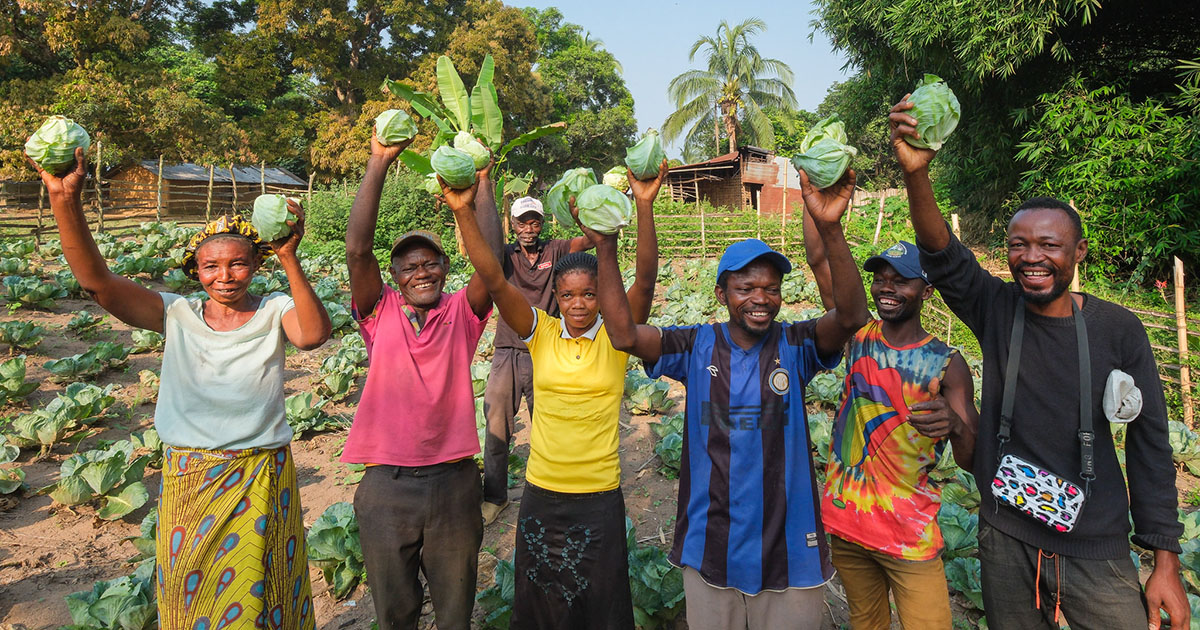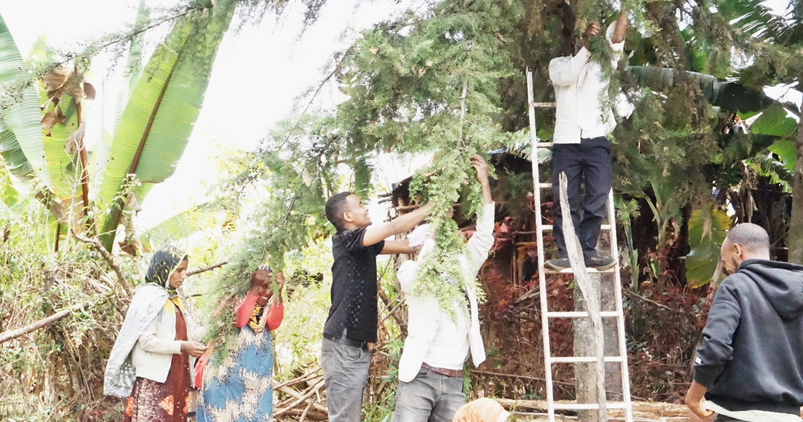Planted oil palm areas increased 20-fold and crude palm oil (CPO) production had a 12% average annual increase from 1967-1997. This conferred important economic benefits but threatened Indonesia's natural forest cover. Large-scale plantations displaced local communities and social conflict resulted. Early in the economic crisis, it was expected the boom would continue, and be propelled by currency depreciation and lifting of foreign investment constraints. However, there was a slowdown in area expansion and CPO production. The government estimated that 177 197 ha of oil palm would be planted in 1999, 33% less than in 1997. CPO production declined to only 5 million t in 1998, 7% less than in 1997. Key reasons include: (1) the government's export tax policy; (2) reform policies targeting the oil palm sub-sector; (3) social unrest and consequent withholding of foreign investment; (4) changes to the CPO distribution system; (5) credit access difficulties; (6) changes to the state-owned plantation sector; (7) the 1997/98 drought and fires; (8) decline in the world price of crude palm oil; and (9) increased production costs. The Indonesian oil palm sub-sector is now poised to expand again. CPO production was expected to increase by 12% to 5.6 million t in 1999 due mainly to increased rainfall. Other factors will continue to stimulate plantation development: (1) lower interest rates; (2) regulatory changes that facilitate further oil palm development; (3) debt restructuring opportunities; (4) availability of land cleared in the drought and related forest fires; (5) predicted growing global demand for CPO; (6) government's reduction of the export tax; and (7) cooperation between Indonesian and Malaysian oil palm producers to push up palm oil prices. While most immediate expansion is likely to be in Sumatra, companies will seek concession areas in forest lands in Kalimantan, Irian Jaya and Sulawesi. Without fundamental changes to forest land allocations in Indonesia, expansion in the oil palm sub-sector will continue to reduce Indonesia's forest cover.
Download:
DOI:
https://doi.org/10.17528/cifor/000625
Dimensions Citation Count:

Publication year
2000
Authors
Casson, A.
Language
English
Keywords
agroindustrial sector, deforestation, economic crises, economic policy, economic sectors, forest resources, forests, land policy, land use, oil palms, planting, prices
Geographic
Indonesia
























